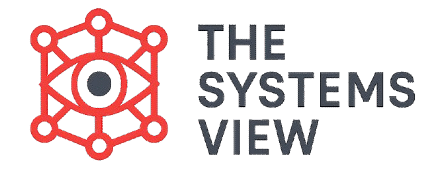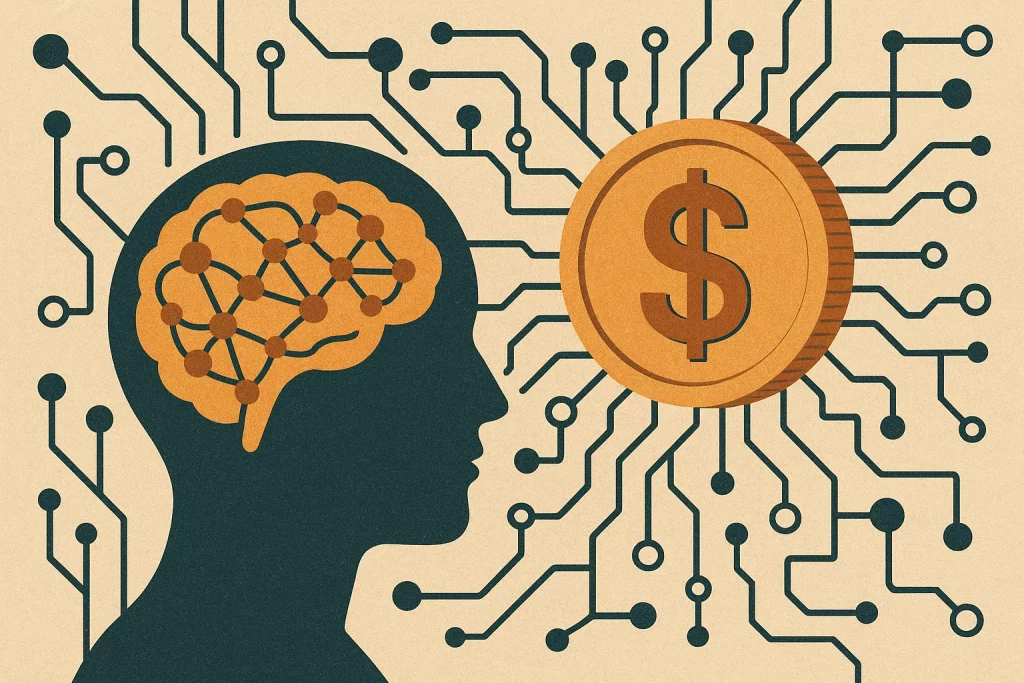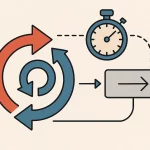magine a world where the most powerful force is not physical energy, but an invisible pattern. This is the world of Cybernetics, and that invisible pattern is information.
In Systems Thinking, information is not just data or a statistic. It is the essential element that allows systems to correct errors, maintain stability, and act with purpose. Norbert Wiener defined the flow of information as inseparable from control, proving that you cannot steer a system without communication. Later, Gregory Bateson gave the field its most famous definition, showing that information is a force of relationship and pattern, not a physical thing.
Understanding this systemic view of information is key to designing effective communication and control structures in any organization.
1. Information: A Force of Difference, Not Substance
The most radical insight from the Cybernetics pioneers was redefining what information actually is. They proved it is not a physical object, but a relationship between states.
The Difference That Makes a Difference
Gregory Bateson’s definition of information is the most famous: “the difference that makes a difference.” This definition is crucial for systems thinkers:
- Difference: Information is created by the lack of sameness. For example, the difference between a stoplight being green and being red is information.
- Makes a Difference: This difference must be sensed by a system and trigger a change in its behavior. The difference between the red and green light causes the car to stop or go.
Bateson showed that what matters is the pattern encoded in a signal, not the power of the signal itself. A massive lightning bolt carries huge energy but might carry very little information. A tiny text message uses almost no energy but can contain vital information that triggers a massive change in behavior.
The Opposite of Entropy
As previously discussed, Norbert Wiener connected information directly to the universal battle against entropy (disorder). Wiener showed that information is the only thing that creates and maintains order in a system. When a system processes information, it is using a pattern to impose organization on random energy, actively fighting decay.
2. The Relationship Between Communication and Control
In Cybernetics, the system that controls the flow of information is also the system that exerts control. The two are one and the same.
Communication is the System’s Nervous System
The flow of information is the nervous system of any system. It carries the data needed to make adjustments.
- If communication is slow or inaccurate: The information is delayed or noisy. The controller receives an unclear or out-of-date message. This prevents timely correction and leads to the instability of time delays.
- If communication is clear and fast: The controller receives a quick, accurate error signal. This allows the negative feedback loop to adjust the system smoothly and efficiently, ensuring the system stays close to its goal.
The Role of Language
Gregory Bateson extended this to human communication. He argued that human language and behavior are layered with different kinds of information. The message itself is one thing. But the metamessage (the information about the relationship, like tone of voice or body language) is equally powerful. In a systemic sense, both must be processed for full understanding and effective control.
3. Noise and Channel Capacity
For information to be useful, it must pass clearly through the system’s communication channels.
Noise Interferes with Control
Noise is any unwanted energy or interference that distorts the message. In a system, noise is anything that makes the information less reliable.
- Example: In a machine, static electricity is noise. In a business, office gossip or bureaucratic red tape is noise that distorts the intended message from management.
Noise increases the entropy of the communication channel. As the noise increases, the quality of the information decreases, and the controller loses its ability to steer the system effectively.
Channel Capacity Limits Flow
Every system has a channel capacity, which is the maximum amount of information that can flow through it per unit of time.
- Example: A slow internet cable has low channel capacity. A manager who insists on approving every single decision creates an information bottleneck, drastically limiting the channel capacity of the organization.
The effective cybernetic design ensures that the amount of necessary information does not exceed the capacity of the system’s channels.
The Key Insight: Information is the most precious resource for any complex system. Its quality (clarity over noise) and its speed (lack of time delay) determine the system’s ability to exert control, maintain order, and ultimately survive.
Conclusion
Information is the fundamental currency of control in Cybernetics. It is not energy, but a pattern—the difference that makes a difference—that allows systems to organize themselves and fight disorder. The flow of this message through the system’s channels is essential for the operation of the negative feedback loop. By reducing noise, managing channel capacity, and ensuring clear communication, systems can transform abstract patterns into effective, purposeful control.



